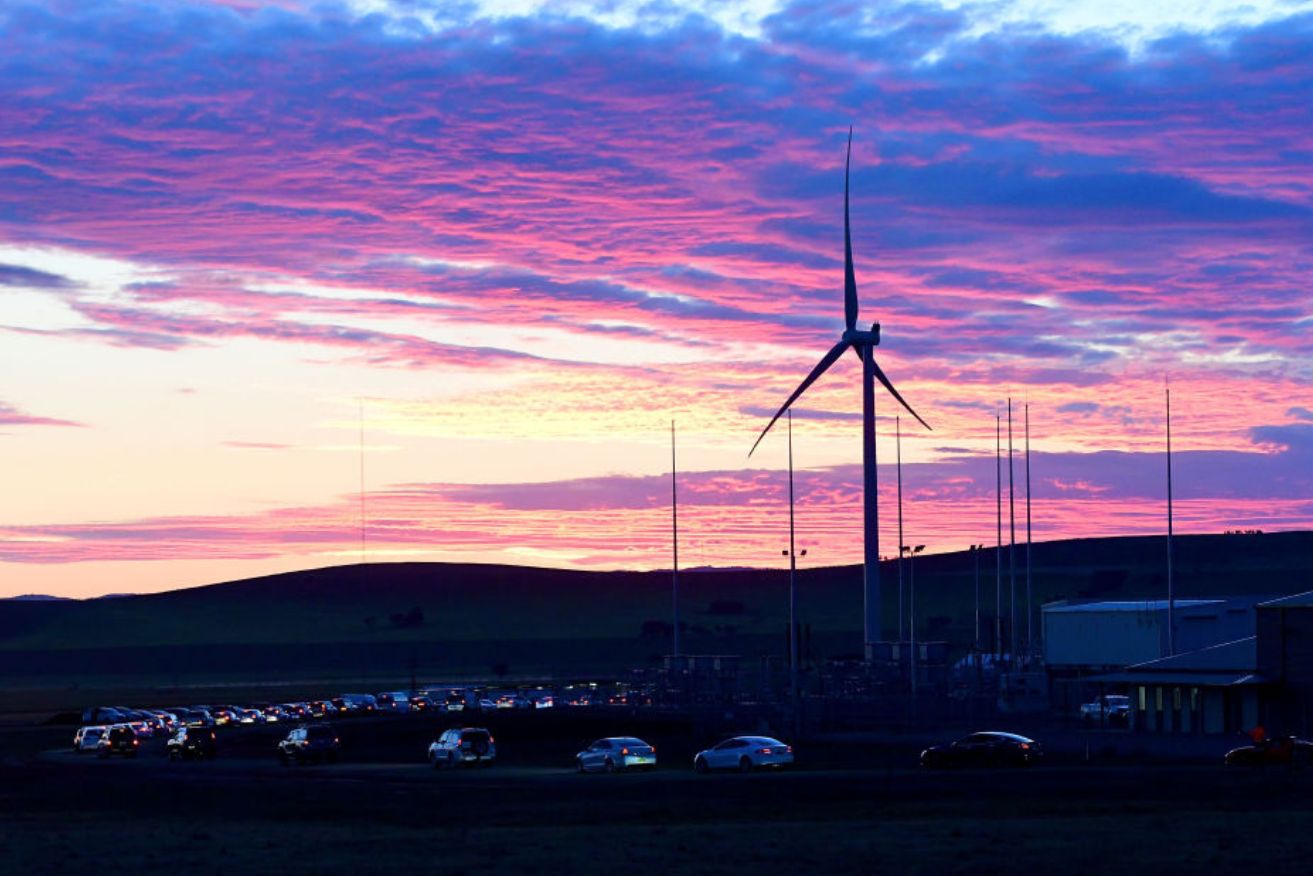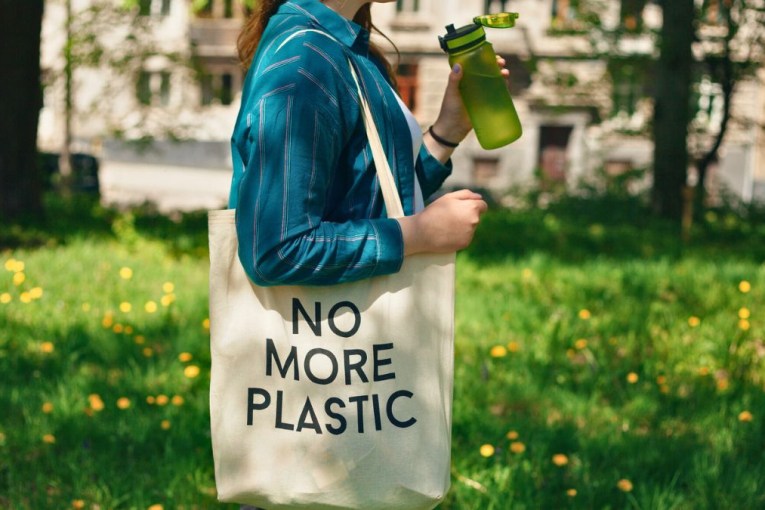Workforce reforms are central to green energy revolution


Battery storage, like what is available at this Tesla-built facility in SA, will be vital for the future of Australia's energy. Photo: Getty
Big changes to the Capacity Investment Scheme (CIS) to increase investment in renewable and clean energy projects were made by the government in November.
If that doesn’t mean much to you, you’re not alone. At first blush, it didn’t mean a lot to me either. And I’ve worked in or around the energy industry for about two decades.
As an apprentice electrician, I even worked in a brown coal briquette factory. It was dirty and dangerous. But as for my involvement, think Derek Zoolander when he goes to work in the coal mines with his dad. It didn’t last long.
What is the CIS?
The CIS is a funding scheme provided by the federal government with the states to support the development of renewable energy projects – in generation like wind and solar, and in storage capacity like the big batteries, to ensure that the power grid has the capacity to meet our national energy needs when coal-fired power stations close.
Essentially, the CIS is the Commonwealth government saying to prospective renewable project developers and asset owners that if they create the product – like wind, solar or battery energy storage – the government will guarantee a minimum and maximum price to be paid for its use over a long period of time.
Or what the Department of Climate Change, Energy, the Environment and Water describe as “underwriting agreements for an agreed revenue ‘floor’ and ‘ceiling’” which is clearly intended to provide a stable future market about which investment decisions can be made now.
The announcements were about increasing the government’s investment in the CIS, to support more projects, and therefore more clean energy generation and storage projects.
If you’re wondering why battery storage is such a critical part of our renewable energy ambitions, it’s for the following reasons.
Traditional sources of power generation, such as coal- or gas-fired power plants, burn fuel to drive turbines which generate electricity. Those plants can ramp production of electricity up and down by burning more or less fuel to meet market demands.
However, clean energy sources like wind and solar are dependent on the elements. The wind blows when the wind blows, and the sun shines when the sun shines.
Peak wind and peak sunshine don’t necessarily occur alongside peak consumer demand periods, so the infrastructure requires huge battery storage capacity to capture that energy and hold it until it can be used.
Net zero
As a quick refresher, it’s worthwhile taking a look back at why all this clean, green (but not mean) renewable energy has risen so quickly to the fore.
On December 12, 2015, in Paris, France, 196 countries including Australia entered a legally binding agreement on climate change to limit global warming to 1.5°C by the end of the century. This agreement, executed by the previous Commonwealth government, is called the Paris Agreement.
The Paris Agreement works on a five-year cycle of ratcheting up climate action targets by each of the countries that are party to it. Since 2020, each of those countries has been submitting climate plans which outline their national contribution to complete the agreement.
In 2022, the current Commonwealth government enacted the Climate Change Act 2022 to “set out Australia’s greenhouse gas emissions reduction targets”, among other things.
That Act states Australia will reduce net greenhouse gas emissions by “43 per cent below 2005 levels by 2030” and to net zero by 2050. It creates accountability to ensure the domestic government does what is necessary to meet our international obligations.

NGOs form a human chain near the Eiffel Tower in Paris on the sidelines of the COP21 in 2015, the UN conference on global warming. Photo: Getty
The Paris Agreement was executed under a Coalition government, and the Act was made under a Labor one. That looks like broad bipartisan support.
Investment is not enough
But supporting funding investment for projects only resolves part of the problem. As the push to hit the 2030 and 2050 targets intensifies, having the money to pay for the projects won’t of itself build them, and Australia is facing – and has been for some time – a skilled trades shortage.
To build any project we will essentially require three things – the money to pay for it, the materials to construct it, and the right workforce to put it all together.
The Commonwealth Minister for Climate Change and Energy Chris Bowen acknowledged as much when making the CIS announcement, saying that the “Commonwealth will also consider barriers to renewable investment such as workforce and supply chain constraints”.
There are huge numbers being published everywhere that highlight the scale of the objective.
The $20 billion Rewiring the Nation program has been initiated to deliver 10,000km of new transmission lines by 2050.
Net Zero Australia said that we will need to grow our domestic renewable energy system from 25 gigawatts today to 400-500 gigawatts by mid-century, in a report published this year with the University of Melbourne and the University of Queensland.
The Clean Energy Generation report suggests that we will need an additional 32,000 electricians by 2030.
The numbers are large, and with the “ratcheting up” required by the Paris Agreement, may get even bigger.
Workforce constraints
But when it comes to the workforce, the scale of the problem creates circumstances that might, ironically, make it easier to solve. Skills shortages in the construction and infrastructure sectors have persisted for decades.
Not least because of a lack of investment and a lack vision. Now, we face unprecedented circumstances which helpfully carry with them both of those elements. There is lots of investment, and lots of vision.
The key then, is ensuring it is directed to the right programs to train the right kind of workforce. We now have a multi-decade lookahead at the workforce problems we face, and by joining some of the key dots, we have a chance to make a meaningful contribution to the development of that workforce.
The market won’t fix it by itself – we know that, because it hasn’t yet. One of the reasons for this, perhaps the biggest one, is the project contracting cycle.
Apprenticeship obstacles
When people see headline numbers on large projects that create thousands of jobs, they might naturally assume that it would create opportunities to train thousands of apprentices. And they’d be right, but only in theory.
The reason is because a project that, for example, might create 3000 construction jobs and run for four years, may only have a peak trade workforce of 600 that lasts for 18 months. Or less.
An apprenticeship, on the other hand, takes four years to complete. And the contractor that carries out the project will often have the aspiration but not the inclination to train a large number of apprentices because it costs money, and they won’t be able to offer the full four-year term, nor get the benefit of that training if they do.
Because if a competitor wins the next project, the workforce moves on, and the new employer gets the benefits of the previous employer’s training.
It’s not the way it should be, but it is the way it is. And this is precisely where the right kind of government intervention can assist.
A scheme which underwrites the training program, disconnecting training decisions from individual project cycles and focussing on the overall volume of work with a longer-term view could assist to future proof industry and encourage investment in training.
That way, we build domestic capability to deliver on our domestic objectives. More apprenticeships for young people and displaced or transitioning workers can only be a good thing. We’ve now got the right vision; we just need the right plan.
Scott Riches is a former union official with the Electrical Trades Union Victorian branch, and a practising employment lawyer. He is also a volunteer in the employment clinic at the Fitzroy Legal Service.








